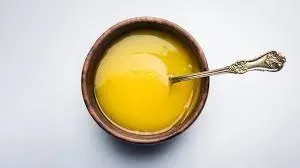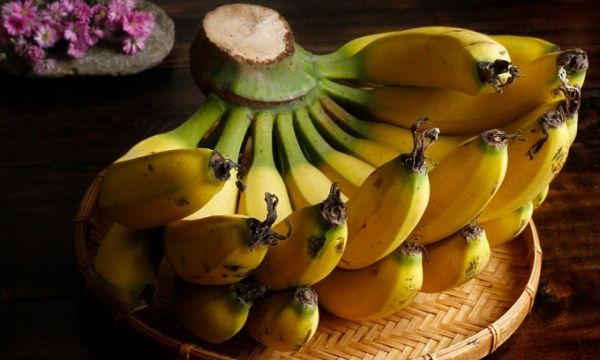
Identification of Ghee: Place a small amount of frozen ghee on your palm. Pure ghee will start melting immediately when it comes in contact with body heat. Whereas adulterated ghee or vegetable ghee will take time to melt or will not melt easily.
For this, heat one spoon of ghee in a vessel or pan. Pure ghee melts instantly, turns light brown or golden after melting, has a faint, fragrant aroma, and does not burn easily. Whereas adulterated ghee may take time to melt, it may smoke quickly, its color may remain yellow, and it may have a strong or distinct odor when burnt.
For this, take a glass of hot water and add one spoon of ghee in it and mix. Pure ghee will float on the surface of water. If the ghee is adulterated, it will either dissolve completely or settle at the bottom of the glass.
To identify the purity of ghee, put melted ghee in a small bowl and keep it in the refrigerator to cool. Pure ghee will solidify in a completely uniform and granular manner. Adulterated ghee may separate into two separate layers after freezing, or its texture may be uneven.
The purity of ghee can also be identified through iodine test. For this, take some melted ghee and add a few drops of iodine tincture in it. There will be no change in the color of pure ghee. If starch is mixed in ghee, its color will turn blue or purple.
-
What happens to your body when you eat 2 bananas a day

-
Selena Gomez shares her wish to become a mother

-
People Who Are Genuinely Content With Their Lives Usually Have These 3 Simple Habits, Says A Philosopher

-
Weekly Tarot Horoscopes Are Here For Each Zodiac Sign From October 13 – 19, 2025

-
Vietnamese tourists prefer hotels with free breakfast
